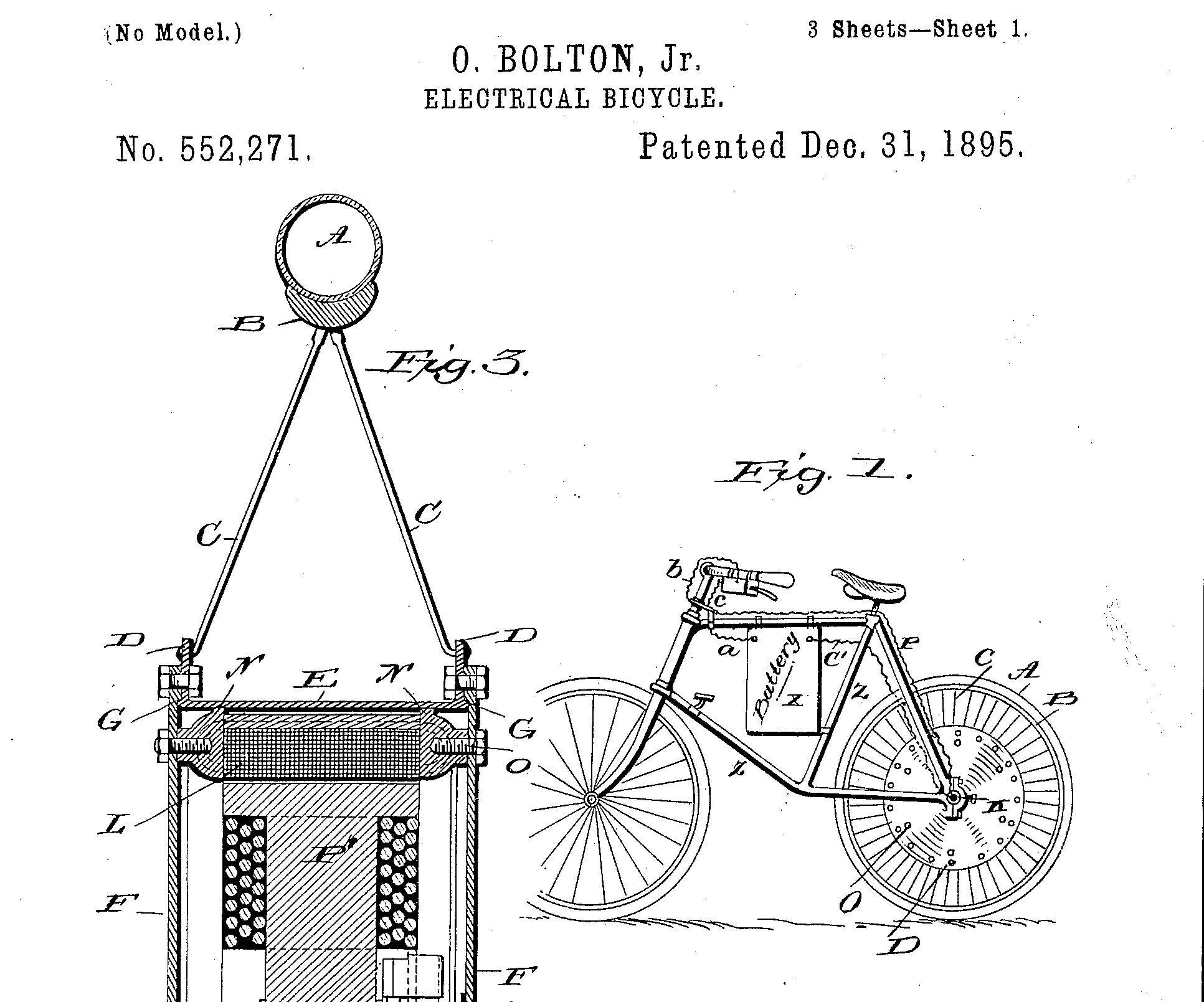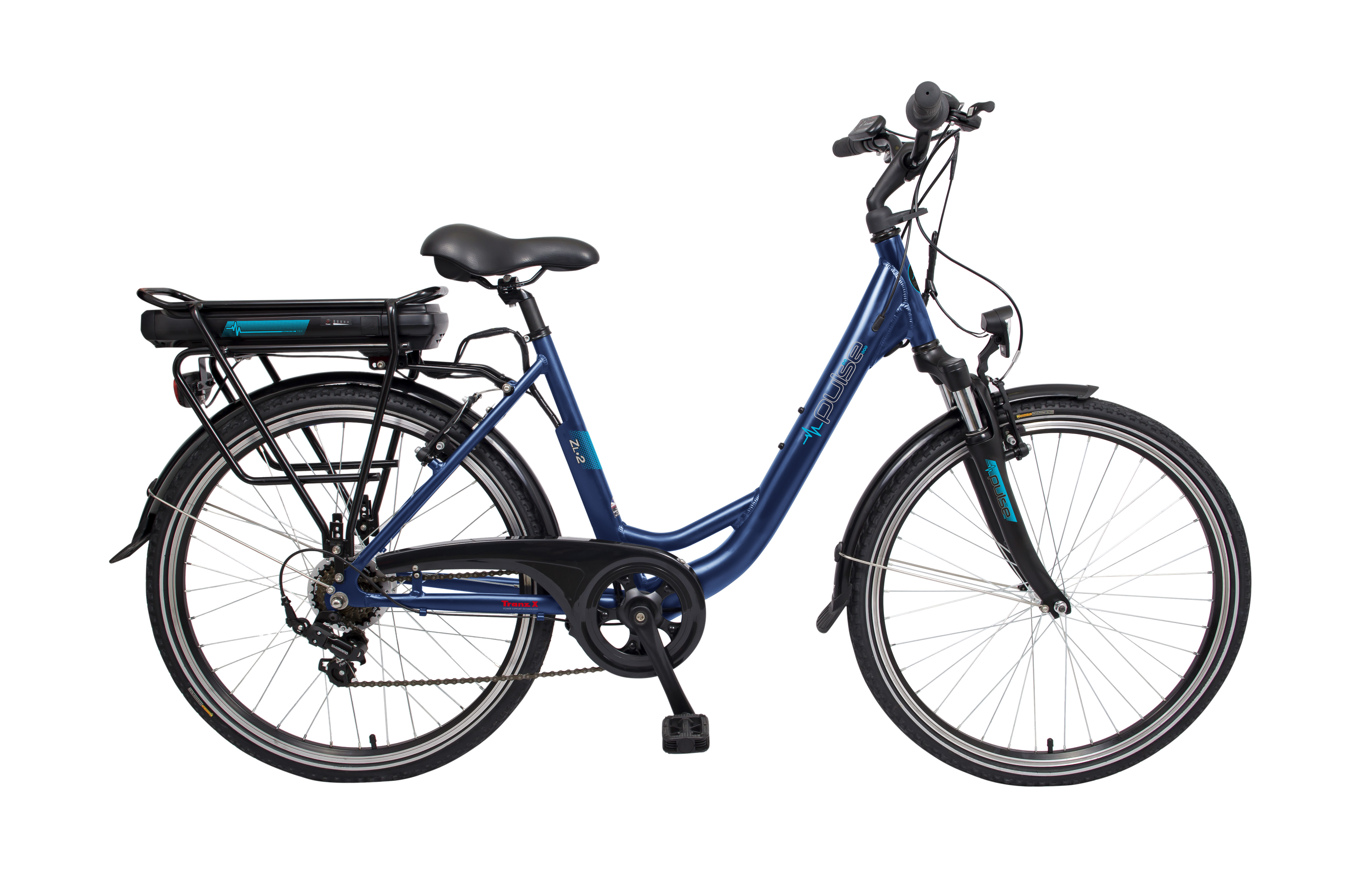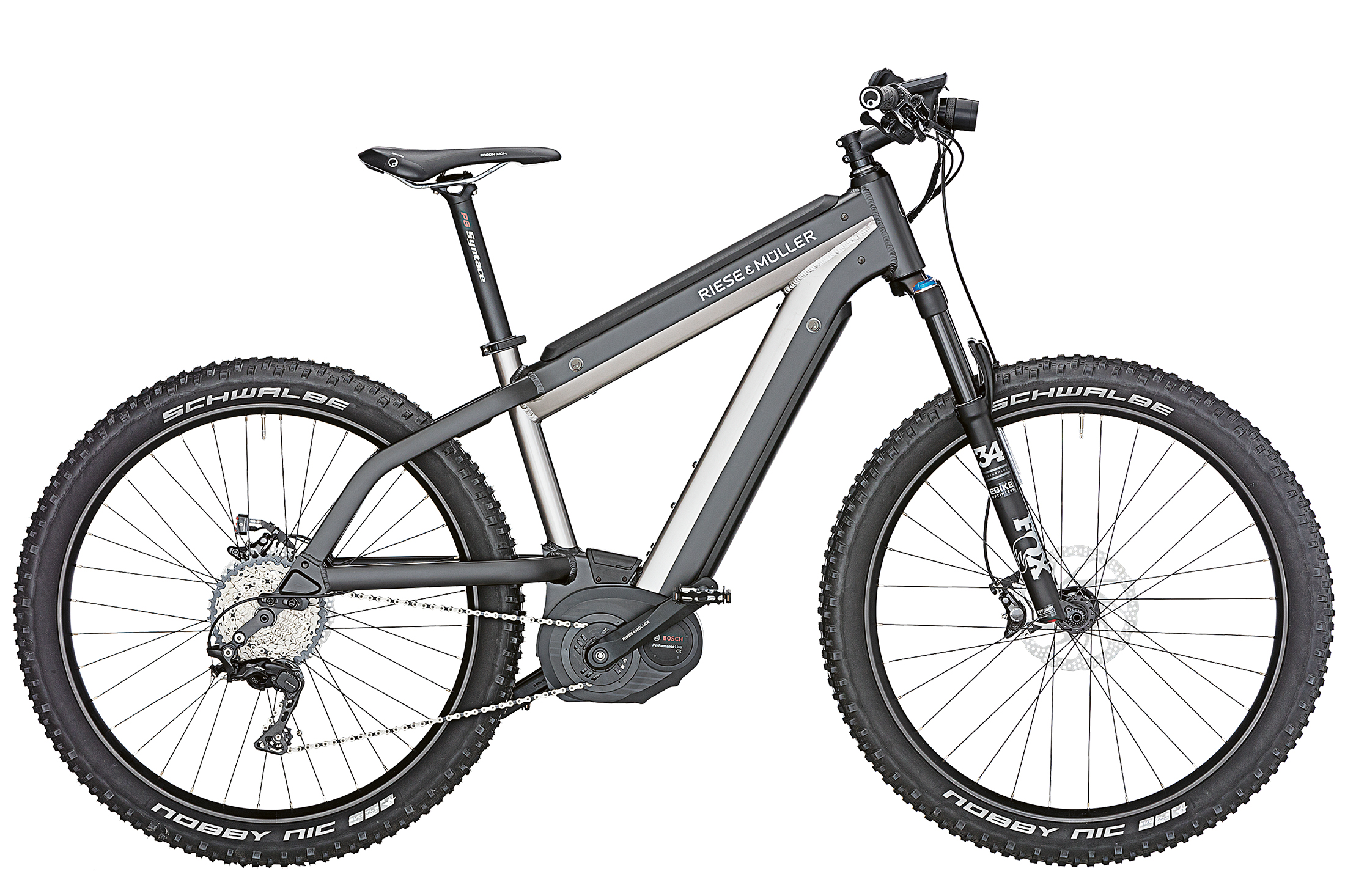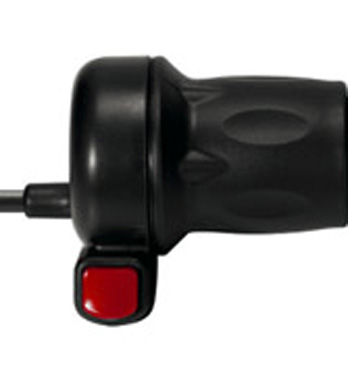Introduction
< Back | Last revised: 19th March 2018
History
 |
|
Image Source: Google Patents |
 |
|
Image Source: Google Patents |
Since then various iterations have come about, the majority of which never caught on in terms of popularity or market success. Reasons for this mainly revolve around the electrical technology needed being big, bulky and expensive and it's not until developments in recent times which have made e-bikes possible.
With the introduction of lighter and more compact batteries, components and electronics along with the industry investment to get to a point where the costs are viable both for production and consumer sales, e-bikes have now started to take a significant share of the market.
So, what is an e-bike?
The term 'e-bike' (short for electric bike) is a general, now commonly used term for all bikes fitted with an electric motor that can (help) power it, fitted either during manufacture or retrospectively. However, not all e-bikes are made equal, nor are they all classified as bicycles as far as the law is concerned.
The different types of e-bikes
- Pedelecs


In Great Britain, e-bikes that meet the current regulations (The Electrically Assisted Pedal Cycles (Amendment) Regulations 2015), minus a few exceptions, are classified as Electrically Assisted Pedal Cycles (EAPCs). EAPCs are often referred to as 'pedelecs' and are treated as normal bicycles - more about the EAPC regulations can be found in the 'Regulations, legislation and standards' section.
- "Twist and Goes"
"Twist and Go" cycles are typically e-bikes which can be propelled without the user necessarily having to pedal, usually through the use of a button or throttle.
- Speed pedelecs


Speed pedelecs, sometimes referred to as 'high-speed pedelecs' or 'S-pedelecs', are basically pedelecs but with more power and a higher cut-off point. This means that they offer electrical assistance beyond the 15.5mph for EAPCs and can reach higher speedss - in the Great Britain they're classed as mopeds and are subject to type approval.
- "Off-road" switches, dongles and derestriction
Some e-bikes come with a switch that will increase the top speed up to which the motor can assist the user, often marketed as an 'off-road' function. So when the switch is not in use the e-bike works to, for example, the same power rating and speeds as EAPCs, and when the function is in use it goes beyond these powers and speeds. Even though the increased top speed can be limited/turned off, the fact that the function is available means that it will be classified based on the maximum power and assisted speed and therefore may be subject to type approval. The "off-road" element is also misleading since it more often than not only realistically refers to private "off-road" land as opposed to trails that can be accessed by the public.
For e-bikes that don't have these switches there may be other ways that the limit on electrical assistance can be increased or even removed, for example by the use of dongles or other means to derestrict the e-bike. This will change the way in which the e-bike functions, similar to the way in which the switches do, but again mean that the e-bike may be subject to type approval.
- Conversion kits and other variations
As well as being able to buy a full e-bike you can also buy kits that will convert an already existing pedal bicycle into an e-bike. This is usually done by adding a motor of sorts as well as the other componentry needed to offer the user that electrical assistance.




